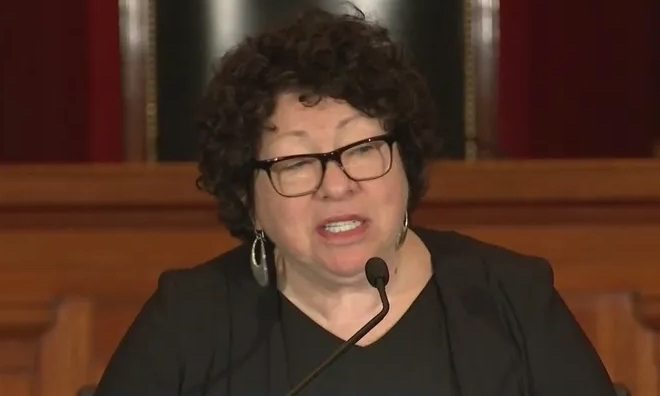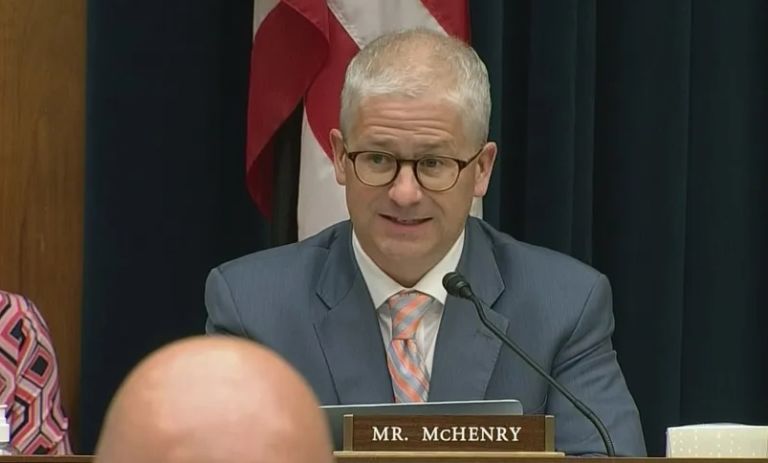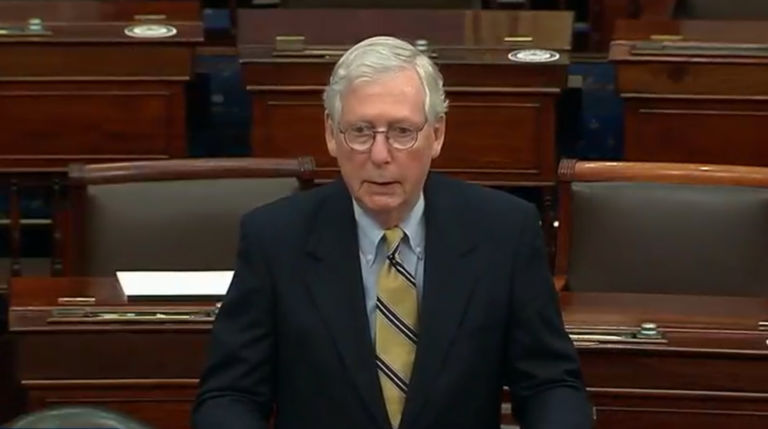A study on pension reform was published this week. The report was co-authored by JLF’s Joe Coletti and four writers from the Reason Foundation: Len Gilroy, Jen Sidorova, Truong Bui, and Raheem Williams.
North Carolina has a complex and underfunded pension system for state employees. In his recent research brief introducing the report, Coletti explains how North Carolina got itself into the situation it is in now with only partial funding, high guaranteed payouts, and high-risk investments. Coletti writes in his brief:
As inflation drove interest rates higher in the 1970s, TSERS’ assumed rate of return also climbed. In the 1980s, however, the assumed return of TSERS investments did not drop with interest rates, and by 1992 the assumed return was higher than the yield on 10-year treasury bonds. For the next 20 years, pension managers were in a Red Queen’s race, running faster just to stay in place. With the General Assembly’s blessing, they repeatedly added riskier investments to the portfolio just to keep up with an assumed rate of return that was becoming increasingly difficult to meet. The portfolio’s risk has about 10 percent volatility, but the risk/return formula indicates it would need to increase to 13 percent to meet target returns of 7 percent. The current risk-free rate is more like 2.75 percent. If TSERS valued its liabilities using 2.75 percent as the discount rate, the system would have been just 55 percent funded in 2018.
Coletti proposes two courses of action for solving the state’s pension funding issue:
First, the state should continue to cut the discount rate for pension assets. A standard rule of finance is to match assets and liabilities. Because TSERS guarantees payment to retirees, it should have a less risky portfolio, which would generate lower returns.
Second, TSERS should offer more alternatives for new hires. As we state in the report, “The best time to make prudent changes to reduce risk is right now, before major problems (such as the next recession) materialize.” Possible alternatives include a risk-managed tier with a lower discount rate or other conservative assumptions, a cash balance plan that divides high returns between plan members and the state, a defined-contribution plan like private-sector employees often have, or a hybrid plan like the Thrift Savings Plan that federal employees have.
Read the brief here, read the full report on the John Locke Website here.


